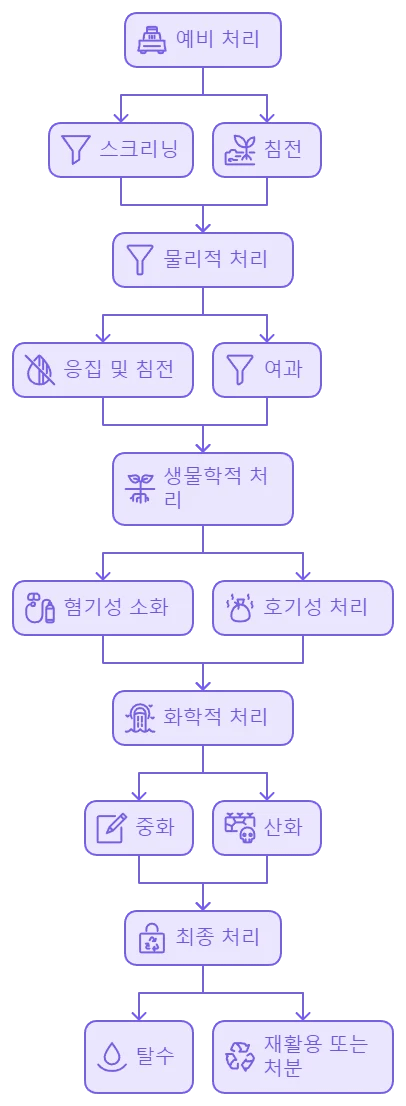

Solutions in Water Environment
for People and Planet



Hello, I'm Sohee Jeon from ARK. Today, I'd like to share information about tofu wastewater.
First, a brief discussion of the tofu industry, Tofuis gaining traction as a wellness food globally, growing at an average annual rate of 10.81 TP3T, with consumption in Europe and the U.S. growing the most.
Recently, CJ CheilJedang's Bibigo dumplingsbecame a smash hit in the U.S., and small businesses in South Korea experienced shortages of frozen kimbap.
As you can see, Asian foods are no longer just for Asia, they have spread to the US and Europe and are becoming everyday foods, and tofu is at the center of the picture as the vegan craze takes hold in the US and Canada, where the role of wellness food and escape from hyper-obesity is on the rise.
The following is a summary of the tofu market research findings from the above report.
In Korea, Fulmuwon and CJ CheilJedang are leading the global K-food craze by expanding production facilities in the U.S. In addition to brands like Bibigo, tofu is also popular in a variety of recipes and products.
Pulmuwon has doubled monthly production at its tofu production line in the U.S., demonstrating the growing demand for tofu, which is still unfamiliar in Western culture.

Soy is such a valuable ingredient that it has been called a food semiconductor, and according to the market research report above, its value as a major food source in the future will only increase as plant-based proteins + veganism become more commonplace.
In recent years, as the number of single-person households has increased, wellness food has become the mainstream to reduce the amount of rice and consume protein rather than carbohydrates, and tofu recipes have become popular on YouTube.
For more detailed research on the tofu market, see theHere> in the documentation.
So, we'd like to give you a quick rundown on tofu wastewater.



Wastewater from the tofu manufacturing process is not toxic, but protein (BOD) is the main component.
So, tofu wastewater = high concentration of organic wastewater, and if it is discharged without authorization, it will smell rotten and will be resented by the residents.
Tofu is made with both inorganic and organic coagulants, and the inorganic coagulant is ‘soy water'. The main component of soy water is magnesium chloride, which coagulates the soy protein to make tofu and requires proper processing.
Pure water is the water that comes out of the tofu when it's pressurized, and it contains nutrients and female hormone-benefiting properties.
However, due to these influential components, wastewater can become moldy and cause various complaints, so it is important to understand the relevant environmental laws and regulations before treating wastewater.
Article 6 and Appendix 4 of the Enforcement Rules of the Water Environment Protection Act
Source: https://www.law.go.kr/법령별표서식/ (Water Conservation Act Implementation Rules, 20240101, Appendix 4)

1. criteria for wastewater dischargers
a. Omit
2) Omit
a) When the maximum wastewater volume per day is 20 cubic meters or less, and wastewater that does not contain mineral oil (oil obtained from mineral raw materials such as petroleum) is introduced into public sewage treatment facilities and private sewage treatment facilities in accordance with Article 2 (9) and (13) of the Sewage Act.
b. The maximum amount of wastewater per day in this subparagraph shall be calculated by summing the wastewater discharged from all facilities of the business based on the day when the most wastewater is generated throughout the year, and shall include all wastewater that is outsourced, reused, or treated in a prevention facility during the wastewater discharge process, except in the following cases.
1) When wastewater generated from tofu and mochi manufacturing facilities is introduced into public sewage treatment facilities and private sewage treatment facilities in accordance with Article 2 (9) and (13) of the Sewage Act, wastewater from cooling or soaking tofu and mochi products is excluded from the maximum daily wastewater volume.Do.

The screen + pressurized flotation + activated sludge method is mainly used, and in many cases where the daily wastewater of small factories is not small, the following structure is used for high turbidity, and other processes are also possible.

Tofu wastewater is protein-based and has a wide range of influent constituents. Therefore, it is a high concentration of organic wastewater.
Referring to Article 6 and Appendix 4 of the Enforcement Rules of the Water Environment Conservation Act, u003cbru003eSource: u003ca href=u0022https://www.law.go.kr/법령별표서식/(Enforcement Rules of the Water Environment Conservation Act,20240101,Appendix 4)u0022 target=u0022_blanku0022 rel=u0022noreferrer noopeneru0022u003ehttps://www.law.go.kr/표식/(Enforcement Rules of the Water Environment Conservation Act,20240101,Appendix 4)u003c/au003e u003cstrongu003eWhen wastewater generated from tofu and rice cake manufacturing facilities is introduced into public sewage treatment facilities and private sewage treatment facilities in accordance with Article 2 (9) and (13) of the Sewerage Act, wastewater for cooling or soaking tofu and rice cake products is excludedu003c/strongu003e from the maximum daily wastewater volume.
ARLK Screw Press : View